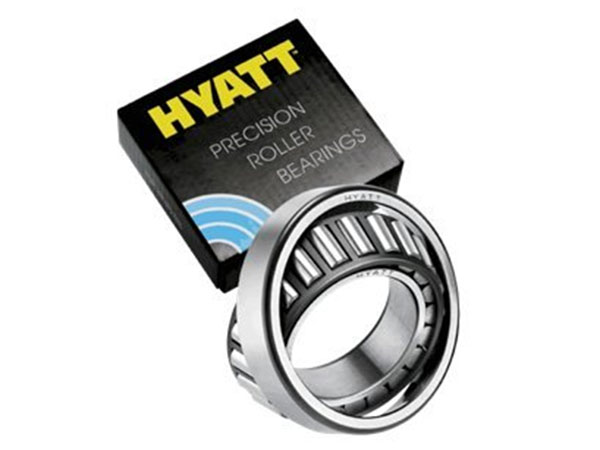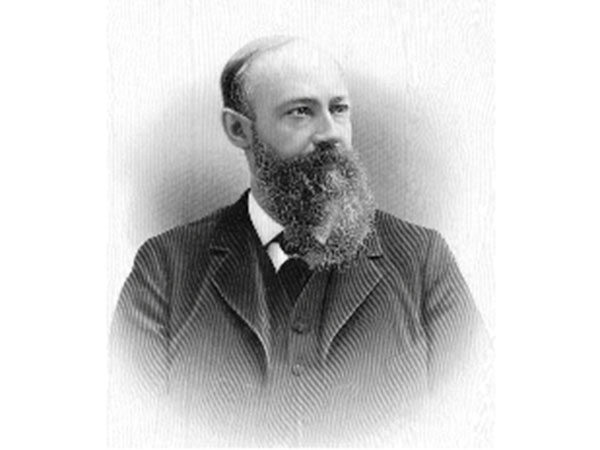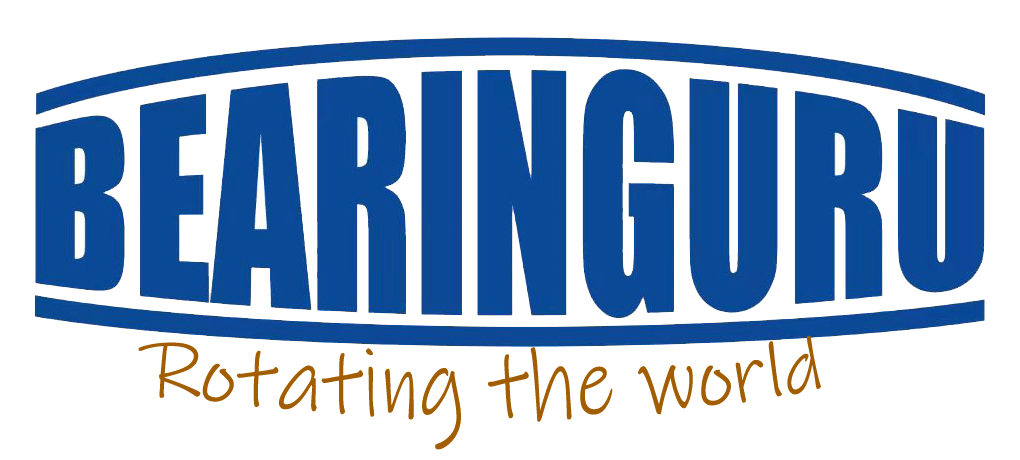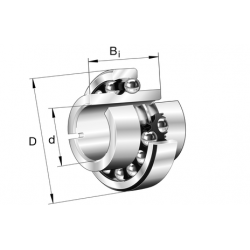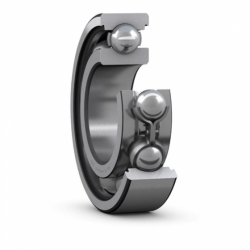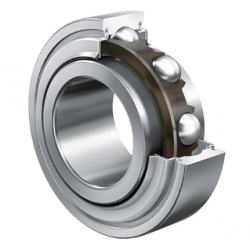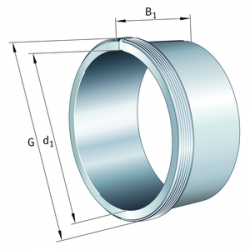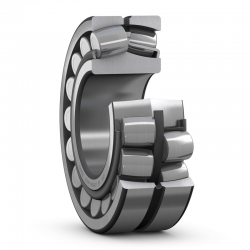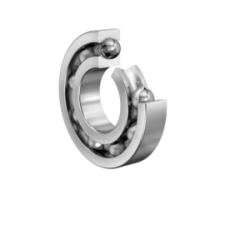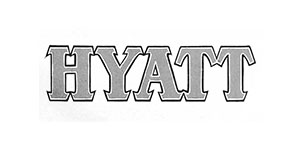
John Wesley Hyatt, the founder of Hyatt Roller Bearing Company, was born in New York State in 1837. At the age of 16, he began working as a printer. Despite lacking a distinguished educational background, John Hyatt became a prolific inventor, holding 250 patents. In the field of bearings, John Hyatt was the world's first inventor to use coiled steel strips to produce bearing rollers. Based on this invention, Hyatt Roller Bearing Company was established in Newark, New Jersey, in 1892. Three years later, in 1895, the company had around 25 employees and monthly bearing sales of approximately $2,000.
In 1895, Alfred P. Sloan, who was only 20 years old and had recently graduated from MIT, joined Hyatt as a draftsman through a recommendation from his father's friend. In his memoir, Alfred Sloan later wrote about his disappointment upon seeing Hyatt's company for the first time in 1895. The company was situated in a dilapidated building surrounded by overgrown weeds on a marshy plain near a city garbage dump. Abandoned machines were haphazardly piled up, and the scene could only be described as "filthy." Thick smoke rose from the dump, emitting a pungent smell. On the wall closest to the railroad tracks, the company's name was written in black letters: HYATT ROLLER BEARING COMPANY.
Although Alfred recognized the true potential of Hyatt's roller bearing products, he found a higher-paying job and left the company after two years in 1897. Two more years passed, and in 1899, Alfred Sloan's father and another partner took over the shares of the original shareholders who had exited Hyatt. They handed over the task of turning the company around to Alfred, giving him a six-month deadline. Unexpectedly, under Alfred's leadership, Hyatt turned its losses into profits within six months and made a profit of $12,000.
In the summer of 1900, Hyatt received a breakthrough order to provide 120 bearings for the rear axles of 30 automobiles. In 1901, Alfred was appointed as the president of Hyatt, responsible for the company's rapid profit growth. Subsequently, Hyatt relocated to a new site and became a large, modern industrial enterprise. By 1916, Hyatt had become a major bearing supplier to General Motors and Ford, which held a 50% share of the U.S. automotive market at the time. This period marked the pinnacle of Hyatt's success.
In 1916, William C. Durant, the co-founder and president of General Motors, brought major suppliers into the company as part of its strategic plan. Thus, General Motors acquired Hyatt for $13.5 million, establishing the bearing division of General Motors. Alfred Sloan, who entered General Motors as the president of Hyatt, became the president of General Motors seven years later in 1923 at the age of 48. In 1937, he became the chairman of the board of General Motors and led the company for over 30 years, becoming an iconic figure in the modern automotive industry.
By 1934, Hyatt brand bearings were used in various industrial equipment such as mining, oil fields, textiles, steel mills, road construction, power transmission, agricultural machinery, railway vehicles, and automobiles. In the 1960s, due to internal consolidations within General Motors, the bearing division gradually ceased commercial bearing production. In 1987, General Bearing Corporation (GBC) acquired the bearing division of General Motors. In 2012, SKF acquired General Bearing Corporation, based in West Nyack, New York, making Hyatt a bearing brand under SKF.
Feature & Application
Hyatt brand bearings were used in various industrial equipment such as mining, oil fields, textiles, steel mills, road construction, power transmission, agricultural machinery, railway vehicles, and automobiles.
